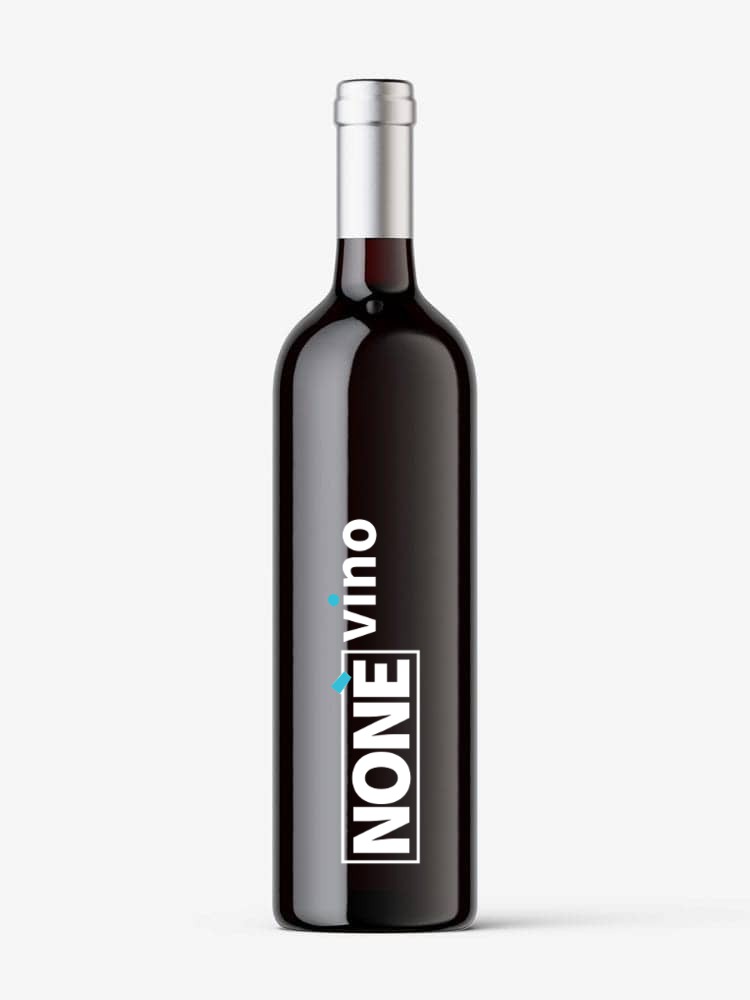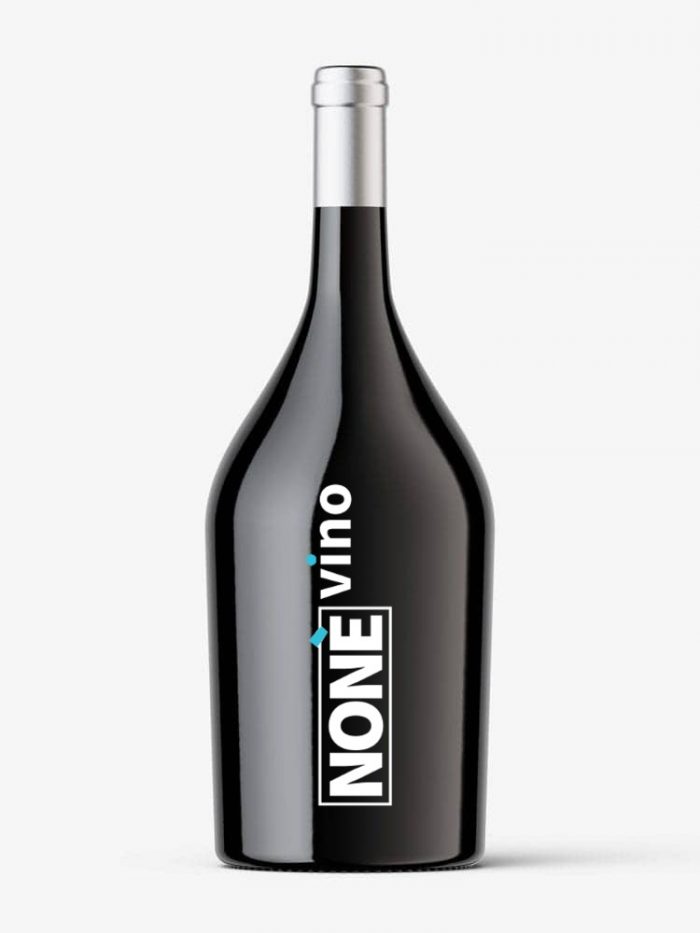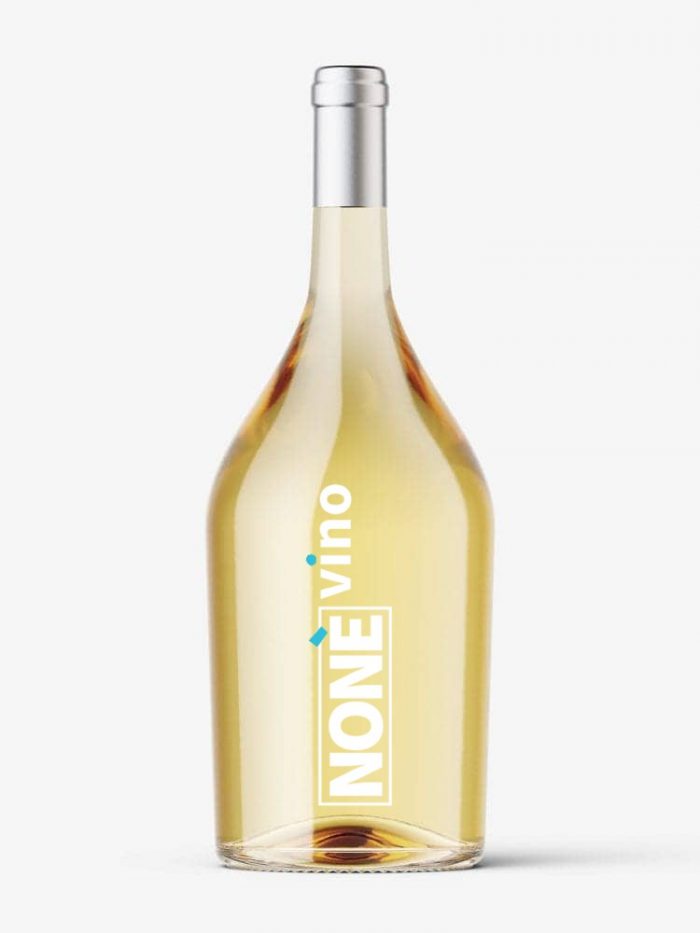Merlot
Black Grape
Info
The black grape Merlot is grown in the regions of Abruzzo, Apulia, Basilicata, Calabria, Campania, Emilia-Romagna, Friuli Venezia Giulia, Latium, Liguria, Lombardy, Marche, Molise, Piedmont, Sardinia, Sicily, Tuscany, Trentino Alto Adige, Umbria, Valle d’Aosta, Veneto.
Merlot is a grape originating from Gironde, in the South-West of France, and in particular from the Bordeaux area. There has been talk of Merlot since 1700, but the first detailed description belongs to the Rendre (1854). In most wine-growing areas of the world,
Merlot is the inseparable companion of Cabernet Sauvignon; the two vines integrate perfectly: the first giving the wine its full and early fruit, the second a greater aristocracy and longevity. In Bordeaux it is customary, depending on the area, to add a percentage of Cabernet Franc to the composition of the wine which, in addition to a fruity component, gives it pleasant herbaceous and vegetal sensations.
In Italy Merlot has found ideal environmental conditions in Friuli, Trentino and Veneto since the end of the nineteenth century, but it is now widespread in many other regions, with sometimes surprising results, even without the contribution of other grapes.
Wine Characteristics
The Merlot grape gives a wine with a more or less intense ruby red color, with a fruity aroma and notes of red flowers. The flavor is quite tannic, soft, full-bodied.
Cabernet Sauvignon
Black Grape
Info
The black berried Cabernet Sauvignon grape is grown in Italy in the following regions:
Abruzzo, Apulia, Basilicata, Calabria, Campania, Emilia-Romagna, Friuli Venezia Giulia, Latium, Liguria, Lombardy, Marche, Molise, Piedmont, Sardinia, Sicily, Tuscany, Trentino Alto Adige, Umbria, Valle d’Aosta, Veneto.
Originating from Bordeaux (France), in the Mèdoc and Graves areas, it is undoubtedly the most renowned variety in the world for the production of wines of great quality and longevity. It is often used in blending with Cabernet franc and Merlot.
Wine Characteristics
The Cabernet Sauvignon grape is able to produce intense wines rich in color, rich in tannins and aromatic substances. Capable of long aging, thanks to the great structure of this vine, it is possible to dare long macerations and aging in wood, especially French oak, which allow it to express a complex and fascinating bouquet over time.








